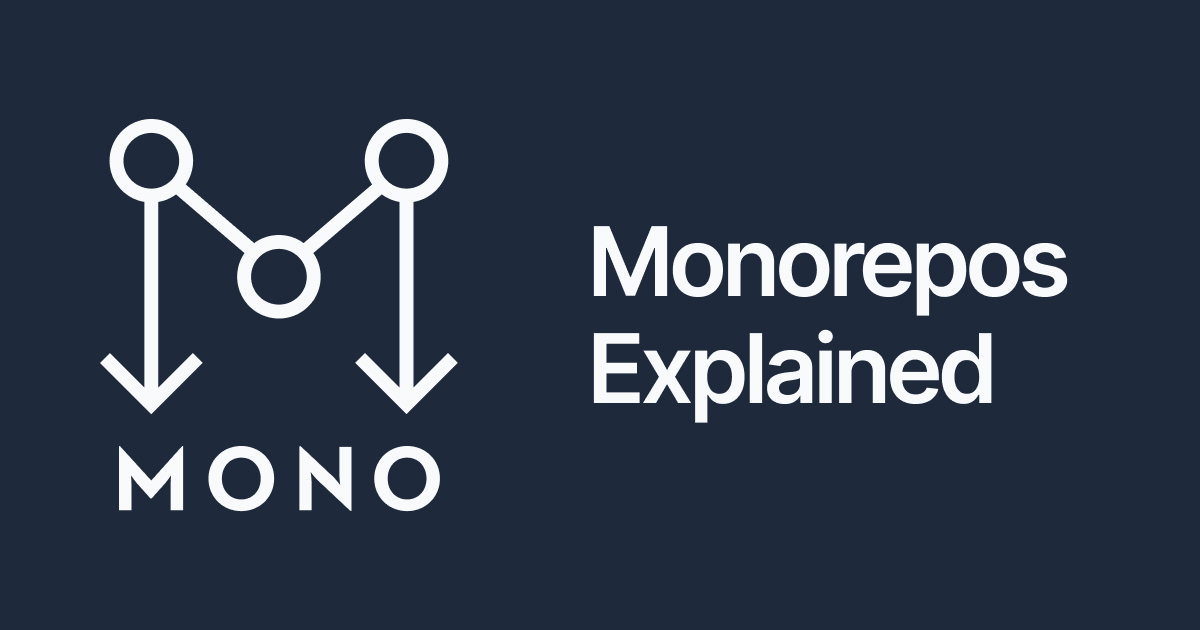Managing Monorepos: A Guide to Turbo Repo Best Practices
 Sai Deva Harsha
Sai Deva HarshaIntroduction:

In the fast-paced world of software development, managing large-scale projects efficiently is crucial. Monorepos, a version control approach where multiple projects coexist in a single repository, have gained popularity for their ability to streamline development workflows. Turbo Repo is a powerful tool designed to enhance the management of monorepos, providing a suite of features that can significantly improve collaboration, maintainability, and overall project organization.
Understanding Turbo Repo:
What is Turbo Repo?
Turbo Repo is a monorepo management tool designed to simplify the complexities associated with handling large-scale projects. It offers a unified interface to manage multiple projects within a single repository while providing tools for versioning, dependency management, and more.
Key Features of Turbo Repo:
Atomic Commits: Turbo Repo encourages the use of atomic commits, ensuring that changes are committed together, making it easier to track and manage changes across projects.
Workspace Isolation: Workspaces in Turbo Repo allow developers to work on individual projects within the monorepo, providing isolation and minimizing unintended cross-project changes.
Dependency Management: Turbo Repo facilitates efficient dependency management across projects, ensuring consistent and reproducible builds by pinning dependencies at the monorepo level.
Optimized Build Process: The build process in Turbo Repo is optimized for monorepos, with support for parallelized builds, enabling faster development cycles and reducing build times.
Best Practices for Turbo Repo:
1. Establish a Clear Project Structure:
Define a well-organized project structure within the monorepo. This helps in quickly navigating through projects and promotes a standardized layout for consistency.
2. Versioning Strategies:
Implement a versioning strategy that suits the needs of your projects. Turbo Repo supports versioning at both the monorepo and project levels, allowing flexibility in managing releases.
3. Atomic Commits for Cross-Project Changes:
When making changes that affect multiple projects, ensure atomic commits to maintain a coherent history and simplify the process of rolling back changes if needed.
4. Effective Use of Workspaces:
Leverage Turbo Repo's workspace feature to its full potential. Isolate workspaces for different projects, preventing unintended conflicts and making it easier to manage project-specific dependencies.
5. Dependency Pinning:
Pin dependencies at the monorepo level to maintain consistency across projects. Turbo Repo provides tools to manage and update dependencies efficiently.
6. CI/CD Integration:
Integrate Turbo Repo seamlessly into your CI/CD pipelines. Leverage its features to parallelize testing, optimize build times, and ensure reliable deployments across multiple projects.
7. Documentation:
Maintain thorough and up-to-date documentation. Clearly document the monorepo structure, project dependencies, and any Turbo Repo-specific configurations to ease onboarding for new developers.
Conclusion:
Managing monorepos with Turbo Repo requires a combination of strategic planning and adherence to best practices. By establishing a clear project structure, embracing atomic commits, utilizing workspaces effectively, and integrating Turbo Repo into your CI/CD workflows, you can harness the full power of this tool to streamline development processes, enhance collaboration, and maintain the scalability of your projects. Turbo Repo, when used in accordance with these best practices, becomes an invaluable asset for teams working on complex, multi-project codebases.
Subscribe to my newsletter
Read articles from Sai Deva Harsha directly inside your inbox. Subscribe to the newsletter, and don't miss out.
Written by

Sai Deva Harsha
Sai Deva Harsha
DevOps Engineer